The term structured packing refers to a range of specially designed materials for use in absorption and distillation columns and chemical reactors. Structured packings typically consist of thin corrugated metal plates or gauzes arranged in a way that force fluids to take complicated paths through the column, thereby creating a large surface area for contact between different phases.
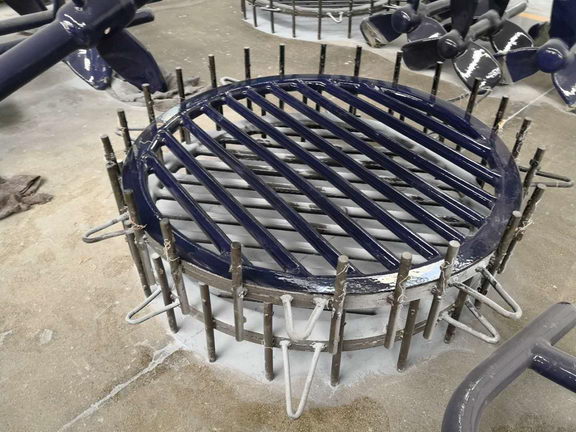
Structured packing is formed from corrugated sheets of perforated embossed metal, plastic (including PTFE) or wire gauze. The result is a very open honeycomb structure with inclined flow channels giving a relatively high surface area but with very low resistance to gas flow. The surface enhancements have been chosen to maximize liquid spreading. These characteristics tend to show significant performance benefits in low pressure and low irrigation rate applications.[1]
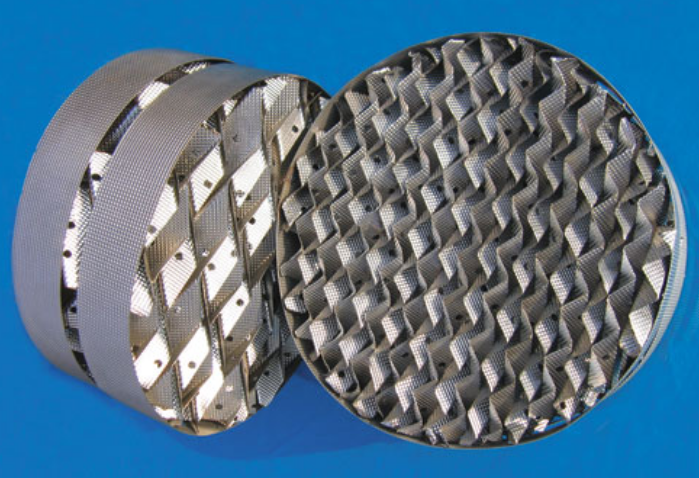
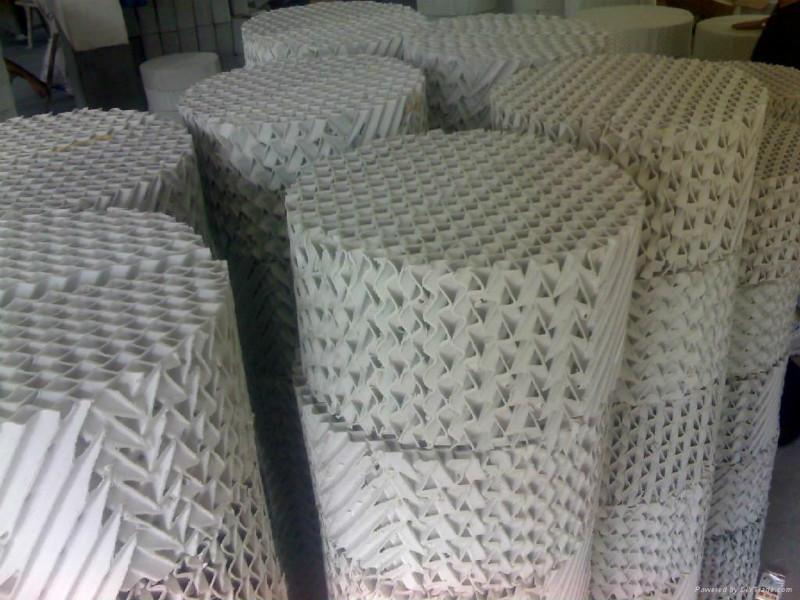
(1)Grid Packing
The grid packing is composed of strip-shaped units by certain rules, and has a variety of structural forms. The earliest grid packing used in industry is wood. Now there are metal and glass lining materials. At present, there are more commonly used grillage packing, mesh grid packing,
honeycomb grid packing, and so on, among which the grillage packing is the most representative.
The specific surface area of the grid packing is low, and it is mainly used in the occasions requiring small pressure drop, high load and anti blocking.
(2)Corrugated packing
Corrugated packing at present, the vast majority of structured packing used in industry is corrugated packing. It is a disc-shaped packing composed of many corrugated thin plates. The inclination angle between the ripple and the tower shaft is 30 ° and 45 ° respectively. When assembling, the two adjacent corrugated plates are reversed. Each tray of packing is vertically installed in the tower, and the two adjacent plates are staggered by 90 degrees.
According to the structure, corrugated packing can be divided into two categories: Net corrugated packing and plate corrugated packing, and the materials are metal, plastic and ceramic.
Wire mesh corrugated packing is the main form of mesh corrugated packing, which is made of wire mesh. The pressure of corrugated metal mesh packing is reduced and the separation efficiency is very high. It is especially suitable for precision distillation and vacuum distillation devices, which provides an effective means for the distillation of difficult to separate and heat sensitive systems. Although its cost is high, it is still widely used because of its excellent performance.
Metal corrugated packing is one of the main forms of corrugated packing. There are many f5mm holes on the corrugated plate of the packing, which can distribute the liquid on the plate and strengthen the transverse mixing. Small grooves are formed on the corrugated plate, which can subdivide the liquid on the plate and enhance the wettability of the surface. Metal orifice corrugated packing has high strength and strong corrosion resistance, which is especially suitable for large diameter tower and occasions with large gas-liquid load.
Corrugated metal calendered orifice packing is another typical corrugated packing. The main difference between it and corrugated packing of metal orifice plate is that the surface of the plate is not a punching hole, but a piercing hole. A very dense small pierced hole with a diameter of 0.4 ~ 0.5mm is rolled on the plate by rolling. Its separation ability is similar to that of the net corrugated packing, but its anti blocking ability is stronger than that of the net corrugated packing, and its price is cheap, so it is widely used.
The advantages of corrugated packing are compact structure, low resistance, high mass transfer efficiency, large processing capacity and large specific surface area (commonly used are 125, 150, 250, 350, 500, 700, etc.). The disadvantage of corrugated packing is that it is not suitable for processing materials with high viscosity, easy polymerization or suspended solids, and it is difficult to load and unload and clean, and the cost is high.
(3)Pulse packing
Pulse packing is a kind of regular packing, which is made up of hollow prismatic individual with necking in a certain way. After the pulse packing is assembled, the porous prismatic channel with necking will be formed, and the longitudinal flow channel will contract and expand alternately, and the strong turbulence will be generated when the gas-liquid two-phase passes through. In the necking section, the gas velocity is the highest and the turbulence is intense, which enhances the mass transfer. In the extended section, the gas velocity is reduced to the minimum to realize the separation of two phases. The "pulse" mass transfer process is realized by alternating the contraction and expansion of the channel.
Pulse packing is an ideal packing for vacuum distillation because of its large capacity and low pressure drop. Because of its excellent liquid distribution performance, the amplification effect is reduced, so it is especially suitable for large diameter tower.
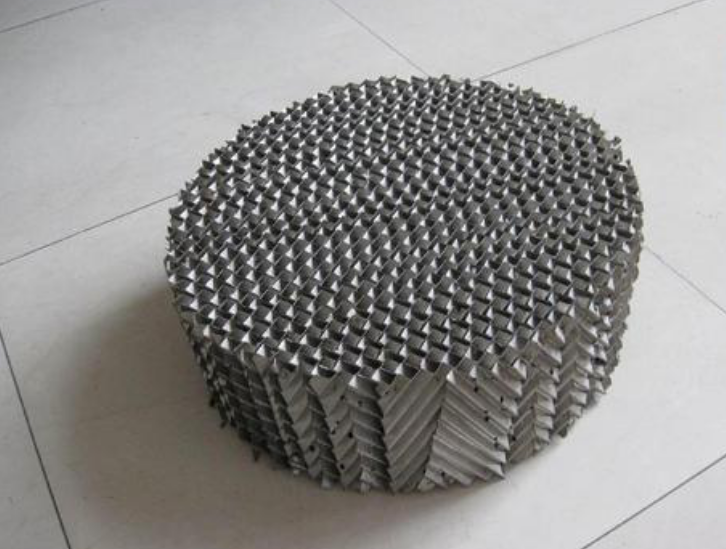
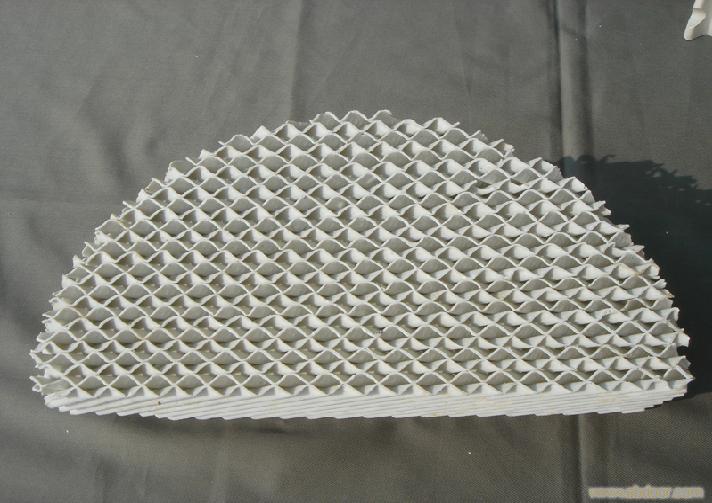
Applications
Typical applications include vacuum and atmospheric crude oil fractionators, FCC main fractionators and TEG contactors. The separation of mono-, di- and triethanolamine, conducted under vacuum, may also utilize structured packing, owing to its relatively low pressure drop. Tall oil fractionation, the process of separating fatty acids from rosin acids and pitch obtained as a by-product of the Kraft process of wood pulp manufacture, also utilizes structured packing. The packing additionally finds use in the manufacture of styrene monomer and the dehydration of glycol in natural gas processing.


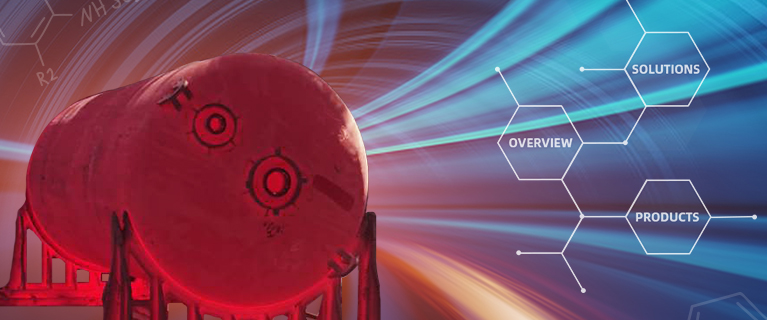 Products
Products